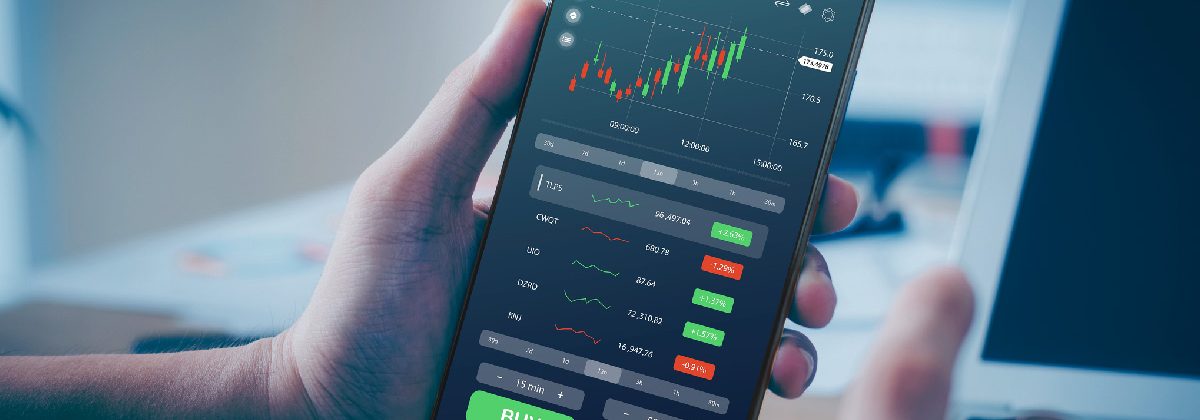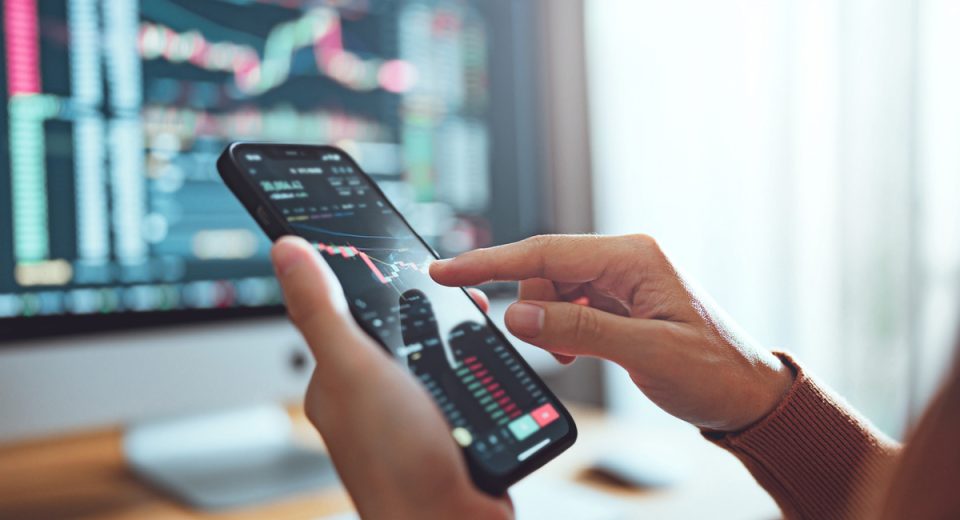Understanding Drawdowns and Risk Tolerance Levels

New traders often feel overwhelmed by the multitude of variables in the financial markets. Having inadequate knowledge and lack of experience may cause anxiety. Copy trading offers a way to begin, by mirroring the trades of seasoned traders. At times, experienced traders who don’t have enough time also leverage this facility.
When selecting the trader to copy, you consider their performance. Drawdown is an important parameter that new traders often miss checking. A drawdown is simply a decline in the value of a trader’s trading account. Let’s understand what this means and how you can choose experts according to your risk appetite.
What are Drawdowns?
A drawdown is simply a decline in the value of your trading account. Here are a few things to know:
- A drawdown is the difference between the value of your trading account at its peak and the lowest point hit before it recovers.
- It is typically expressed as a percentage. It is the percentage loss from a previous peak.
- Calculating the drawdown gives you a way to measure risk and volatility during a specific period.
- It gives you an understanding of the worst-case scenario for your strategy.
When trading, even with copy trading, understanding risk is paramount. Drawdown is a way of assessing risk and becomes important in copy trading as it helps you choose expert traders who align with your personal risk tolerance.
Remember: Drawdown is different from a losing trade or losses from a trade.
Here’s an example to understand this better. A loss is calculated from your initial purchase price. If you entered a long trade at $100 and the asset is down to $90 when you exit, your loss is $10. The loss percentage is 10%, but this is not drawdown.
Due to more losses than wins through March, your trading account (capital) declines from $10,000 to $9,000. In this case, your account has a drawdown of 10%.
Calculation: {[$10,000-$9,000]/$10,000}*100
Let’s take a different scenario. Due to more wins than losses through April, let’s say your trading account grows from $10,000 to $12,000. Then, through May, your account declines to $11,000. The drawdown is calculated from the peak ($12,000) to the trough ($11,000). In this case, your account has a drawdown of around 8%, even though your account is still above your initial deposit of $10,000.
A drawdown:
- Quantifies risk: It helps gauge risk to your capital.
- Highlights recovery effort: A larger drawdown requires a steeped percentage gain to recover to the previous peak. For instance, a 10% drawdown needs an 11.1% gain to recover, while a 50% drawdown needs a 100% gain for you to hit breakeven.
- Shows the need for strategy adjustments: Regular drawdowns become a sign that your trading strategy needs to be evaluated again or that you need more stringent risk management.
Drawdown for Copy Trading
Did you know? Copy trading started with pro traders sharing their signals via email. Thanks to faster net connectivity, you can use a convenient app to link your account directly to your chosen expert traders. This way, no time is lost between the expert placing a trade and your order being automatically opened.
New traders often believe that copy trading will give them winning trades and steady profits. Not even the most successful traders can guarantee a continuous string of winning trades. In fact, there could be losing streaks. It’s important to understand the level of risk taken by different Masters. Drawdown gives you an insight into this. On Blackwell Global’s copy trading app, the drawdown is mentioned for every Master (seasoned trader). The app lets you easily sort Masters by low, medium and high drawdowns.
To choose the trader to follow, check theirhistorical performance. This includes:
- Win rate: This is the percentage of winning trades versus losing trades.
- Returns: This is the gains generated as a percentage of capital traded.
- Drawdown: This tells you about their approach to risk.
You may find a pro who has achieved high returns but has a high percentage of drawdown. It suggests an aggressive trading strategy, using highly risky assets that offer the potential for high returns. If your risk appetite is high, this could be the ideal Master for you. But, if you’re risk-averse, this may not be the Master to follow. Look for pro traders who have a lower drawdown history.
- Low drawdown: If you have a low risk tolerance, consider choosing pro traders who have low drawdown levels, like 5%-10%.
- Medium drawdown: If you have a moderate risk appetite, seasoned traders with drawdown levels of 10%-20% may work for you.
- High drawdown: Traders with drawdowns of 20%-30% trade risker assets, use higher leverage and larger position sizes. Choose such traders only if you can risk losing your entire balance for the potential to make outsized gains.
Another aspect of the drawdown history to check is how quickly the trader has recovered from their account reaching a trough.
Tip: Diversifying your portfolio of Masters helps manage risks better. This means choosing Masters with different historical performances.
To Sum Up
- New traders who feel overwhelmed may begin with copy trading.
- Every pro trader, or Master, has their unique trading styles and analyses of charts and indicators.
- Drawdown is a parameter to choose the trader(s) to copy.
- On Blackwell Global’s copy trading app, you can sort Masters by low, medium and high drawdowns.
- A drawdown is a measure of the decline in your trading account.
- Drawdown is different from a losing trade or losses from a trade.
- It helps quantify risk and recovery effort, while identifying when strategy adjustments are needed.
- For copy trading, choose Masters according to their historical performance.
- Diversifying your portfolio by choosing Masters with different historical performances.
Disclaimer:
All data, information and materials are published and provided “as is” solely for informational purposes only, and is not intended nor should be considered, in any way, as investment advice, recommendations, and/or suggestions for performing any actions with financial instruments. The information and opinions presented do not take into account any particular individual’s investment objectives, financial situation or needs, and hence does not constitute as an advice or a recommendation with respect to any investment product. All investors should seek advice from certified financial advisors based on their unique situation before making any investment decisions in accordance to their personal risk appetite. Blackwell Global endeavors to ensure that the information provided is complete and correct, but make no representation as to the actuality, accuracy or completeness of the information. Information, data and opinions may change without notice and Blackwell Global is not obliged to update on the changes. The opinions and views expressed are solely those of the authors and analysts and do not necessarily represent that of Blackwell Global or its management, shareholders, and affiliates. Any projections or views of the market provided may not prove to be accurate. Past performance is not necessarily an indicative of future performance. Blackwell Global assumes no liability for any loss arising directly or indirectly from use of or reliance on such information here in contained. Reproduction of this information, in whole or in part, is not permitted.




